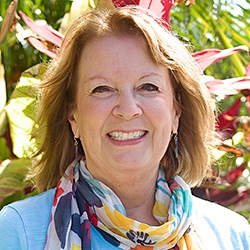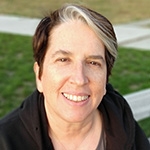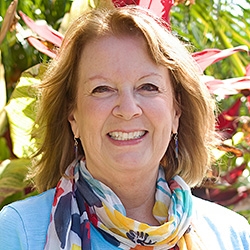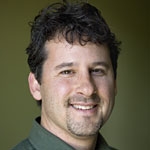

NVC Resources on Observation
-
John Kinyon teaches mindfulness and how to translate thoughts into clear observations.
-
Mediating a conflict conversation can be challenging – but with tools and practice, that challenge can be transformed. If you're curious about the specific steps needed to achieve that transformation, join John for an exploration of his non-dual mindfulness practice.
-
Trainer Tip: Notice when you create stories about why something occurred. Commit to only observing facts. Then make decisions that are likely to give you relief and joy. For instance, if someone is late you may think that she’s inconsiderate or values another thing more than you. Instead, observe what you know—that she's later than agreed. From there, you could call her to find out what’s going on.
-
There's a growing trend to elevate feelings and personal truths (aka MY truth) to the point of being unassailable "facts". If I feel unsafe, then it must be because of you. As valid as a person’s inner world is, we risk overlooking what's beyond our own views, such as larger forces around us that continue to underwrite exploitation, violence, “othering”, etc. Instead, describe specific words and actions that a camera would record.
-
See the 4 NVC steps reframed in everyday workplace language.
-
Trainer Tip: Today, identify the facts, without adding your ideas about why people behave in certain ways. Then consider connecting with the person about what was going on with them. You will find that the more you observe life without judgment and evaluation, the more open you will be to hearing and connecting with other people.
-
John introduces his Self-Connection Exercise as a mindful way of coming to awareness via OFNR. Breath: immediately observable, a reminder to observe. Body: feeling the body, awareness of sensations. Needs: an experience of wholeness that expands awareness of the totality of experience. Listen.
-
Why is it so difficult to change our patterns even when we want to, even when we experience shame or despair about them? Arnina Kashtan offers some of the common pitfalls and concrete steps to overcome them in the future.
-
Bring NVC beyond personal growth, explore perspectives that transform how we respond to crisis.
-
Learn the two core aspects of NVC: consciousness and tools to express it.

Quick Links
Subscription Preferences
Stay In Touch!
Looking for ways to keep up with NVC Academy news, get special offers, free resources, or words of inspiration? Here are five ways to stay engaged:









